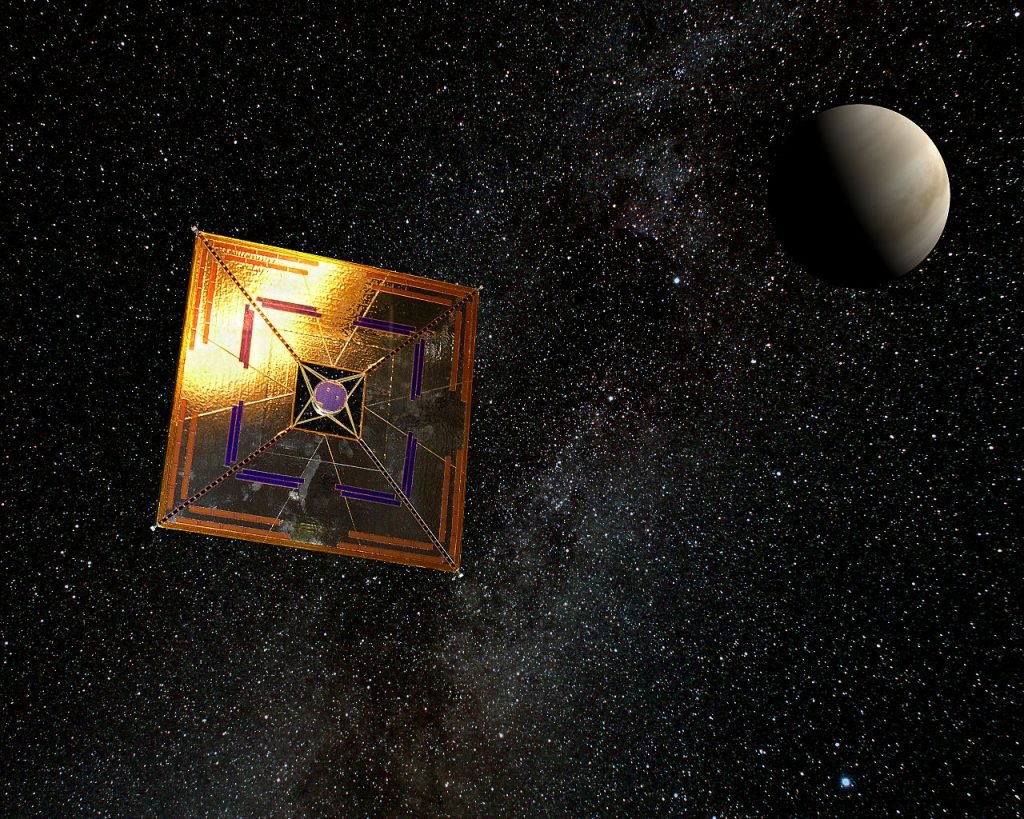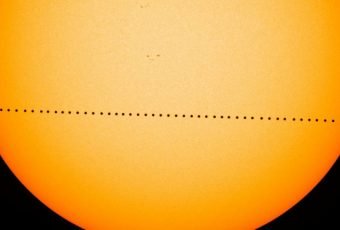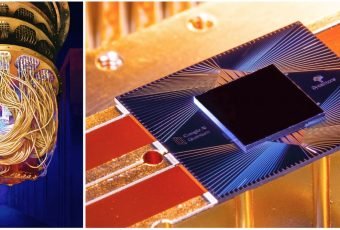Occasionally scientists come with an idea that does sound completely Sci-fi, Frank Drake looked for a signal sent by aliens, Nicola Tesla tried to build a death ray. Scientist Vladimir Syromyatnikov in the 1980s proposed the idea of building a space mirror, “Artificial moon”.

The man who thought the impossible
Vladimir Syromyatnikov was an accomplished engineer before the artificial moon project he worked on the Vostok Program which sent people to space for the first time. He also designed Docking systems for the Mir Space Station and the ISS some of which are still in use today.
Though he developed docked systems he was also interested in solar sail technology.

By controlling the orientation of a solar sail, you not only control the spacecraft’s movement, but also the direction of the reflected light. So Vladimir figured that if he builds a giant solar sail in space he could use to reflect sunlight back to earth.
The government thought it was a great idea and thus began the Znamya Project. Znamya which means banner in Russian consisted of a set of thin mirrors. After they were launched the mirrors would reflect the light back to earth.
Russian attempt for Artificial moon – Znamya
In 1983, Russia successfully deployed its own prototype of an illumination satellite Znamya, about a 20-meter reflective film that unfolded in space. For a few hours, it orbited a couple of hundred meters above the earth, beaming a 5km wide spotlight. But the light only moved at about 8km/hour, and as a result, most people saw a flash in the sky as it passed. Eventually, it fell out of orbit and burned up on reentry.

The satellite would be launched from earth to the Mir Space Station, then from Mir onto orbit. Once reached the satellite would unfurl in eight sections, spanning 20 meters, that would deflect sunlight back to earth, illuminating a night bound hemisphere. This would allow cities to save street lights and would allow them longer in darker regions.
If it works, they’ll be able to light up five or six Russian cities.
Space Expert Leo Enright.
Znamya 2 was a success and made it to space in 1992, the Sails orientation was fixed so they couldn’t control which way the reflected light beam went, but it was set up such that once it unfolded it would hit the earth and it totally worked.
The Russians build another satellite a few years later, this time with a 25-meter mirror. Soon after the deployment started, the membrane caught on the antenna. The spaceship “Progress M-40” was de-orbited and buried in the ocean. There were plans to launch a third and even bigger mirror, but the project faced serious budgeting issues and was later abandoned.

China is planning to launch an “illumination satellite” into space orbit above the city of Chengdu. The first one as a proof of concept in 2020 and the next three in 2022 to seal the deal. However, there aren’t a ton of details about the satellites themselves yet, like how big they are and what area would they cover but we do know that they’ll be covered with a “reflective coating”.
With the proposed distance of 500Km, a single satellite is expected to illuminate an area between 10 to 80 kilometers, with light around 8 times brighter than the moon. So basically they are turning night into day? What about air pollution and wildlife? Animals tend to sleep at night and humans do too so with all the air pollution would it not affect the sleeping schedule of the lining beings?
If all goes to their plan the scientists hope the artificial moon will replace the street lights in an urban area and save the city $174 million annually. The artificial moon could also help the city during natural disasters and blackouts.
Problems with the Artificial moon
The first and probably the biggest, issue with China’s proposed scheme concerns the height of the orbit. In order for a satellite to track a single city on earth, the satellite would need to be in a geostationary orbit about 36,000km above the earth.

At 500km China’s satellite would face a similar problem as the Rusian Znamya, whipping around the earth, quickly lighting up random places for a fraction of a second as they pass the area, which clearly isn’t the motive here. Even if the distance 500km is a typo, the satellite at 30,000 km would have to be pretty large – hundred of meters across – to reflect much back to earth.
The other issue concerns fuel and thruster onboard these satellites, as that would probably be a necessity up in space. The cost of the initial fuel and subsequent refueling missions could outweigh any savings done on earth.
Although we don’t have the complete details regarding the satellites, Scientists agreed for the trial version of it, so should we be worried? Many scientists believe that these satellites will amplify the light pollution that we already have. The lights in the city disrupt wildlife and astronomer’s view of space already, so turning night into day will be any good?
Though no one has provided any official backing up them for this project, so we should wait for further instruction and official reports concerning the satellite.









